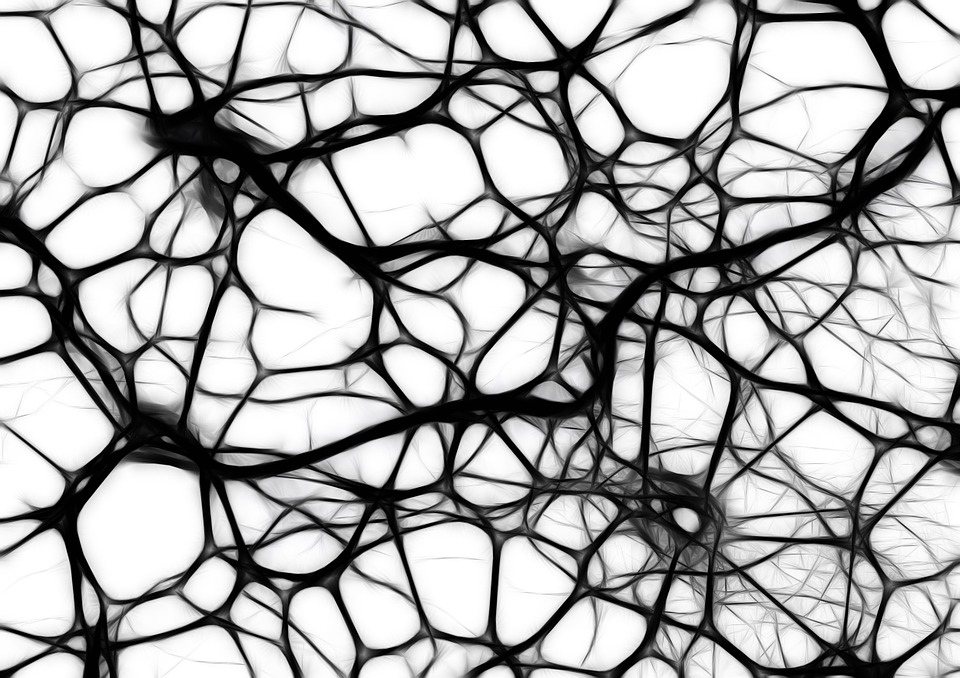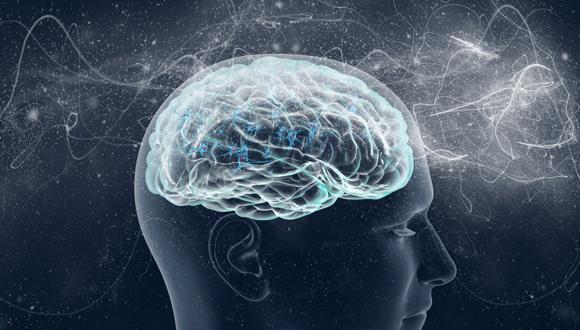
Kichitaro Nakajima, a graduate student at the Graduate School of Engineering Science, Hirotsugu Ogi, Associate Professor at the Graduate School of Engineering Science, and Yuji Goto, Professor at Institute for Protein Research, Osaka University succeeded in increasing the velocity constant for a reaction in which proteins causing Alzheimer disease (AD) turn into toxic substances to 1,000 times by using optimum frequency of ultrasonic irradiation.
When an ultrasonic wave is irradiated in solution with proteins, cavitation bubbles often repeatedly grow and collapse. This group found that these bubbles collect harmless proteins in solution, generating toxic substances whenever they collapse, changing into aggregates. This group also found that this phenomenon became prominent at the frequency of about 30 kHz.
It is thought Amyloid-β peptides form neurotoxic aggregates in the brain, developing AD. In developing drugs, it’s important to identify and create toxic aggregates and explore drug candidates targeting them, but formation of Aβ aggregates often takes a very long time. Therefore, technology for accelerating the aggregation reaction in low concentrations has been greatly sought after.
Accelerating the aggregation reaction of Amyloid-β is also important in giving a diagnosis. For early detection of AD, it’s effective to evaluate the aggregation capacity of Amyloid-β. Individuals who have an internal environment in which Amyloid-β tends to aggregate have a high risk of developing AD. However, it’s difficult to aggregate Amyloid-β in the body, so technology for accelerating the aggregation reaction is required.
In recent years, it was found that ultrasonic irradiation increases the aggregation reaction of various proteins. Using their own ultrasonic irradiation device, this group explored conditions for enhancing aggregation of Amyloid-β by changing acoustic pressure and frequency in solution independently and accurately.
As a result, this group succeeded in increasing the reaction velocity constant to 1,000 times by optimizing acoustic pressure at a frequency of 30 kHz.
Furthermore, this group found out that this acceleration phenomenon was brought on by cavitation bubbles which generate and collapse along with the cycle of ultrasonic waves and succeeded in theoretically reproducing this phenomenon.
This group’s achievement can be applied to techniques for early diagnosis of AD and demonstrates the conditions for reducing various risks associated with diagnosis and treatment using ultrasonic waves.
###
This research was featured in the electronic version of Scientific Reports on Thursday, February 25, 2016.
Media Contact
Saori Obayashi
[email protected]
81-661-055-886
@osaka_univ_e
http://www.osaka-u.ac.jp/en
The post Clue for development of diagnosis, treatment Alzheimer’s disease appeared first on Scienmag.





